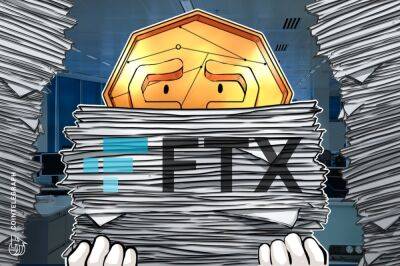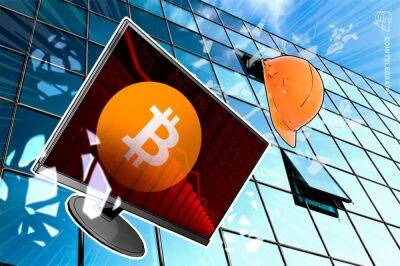Crypto’s final price could be zero
There aren’t many leveraged buyouts of technology companies, and for good reason. Technology and debt, like Red Bull and milk, don’t mix. Why? Because when technology works, it commands high valuations. You can’t LBO Google. But when technology moves on to the next new thing, there isn’t much residual value in the form of assets and collateral to call on in case of debt defaults. FTX, Elon Musk and SoftBank are learning this lesson.
Twitter, which last turned a profit in 2019, now has $1 billion a year in debt payments. Wall Street can’t off-load Twitter’s buyout debt, now maybe 60 cents on the dollar, without losing money. Mr. Musk even told employees “bankruptcy isn’t out of the question." Of course, he has benefited from selling his own highly valued (though declining) Tesla shares, recently another $4 billion for a total of more than $19 billion. As Chief Twit, Mr. Musk proclaims Twitter will operate under free-speech principles. Advertisers are fleeing. So are employees. If he defaults and walks away, the only thing left is some aging code and a few plastic blue birds to sell at auction.
The new poster child for the toxic cocktail of technology and debt is Sam Bankman-Fried, with his imploded FTX and Alameda empires. Sure, these companies misappropriated, to put it nicely, customers’ assets. And yes, withdrawals that acted like a bank run drove the company into Chapter 11. But the company’s original sin was to borrow against its own FTT token, which was held up by nothing but air.
This was crypto’s mass delusion. FTT was so thinly traded that FTX could set any price, but not forever. FTX and Alameda borrowed against tokens they themselves were manipulating, including Solana and others, which some called Sam Coins,
Read more on livemint.com







